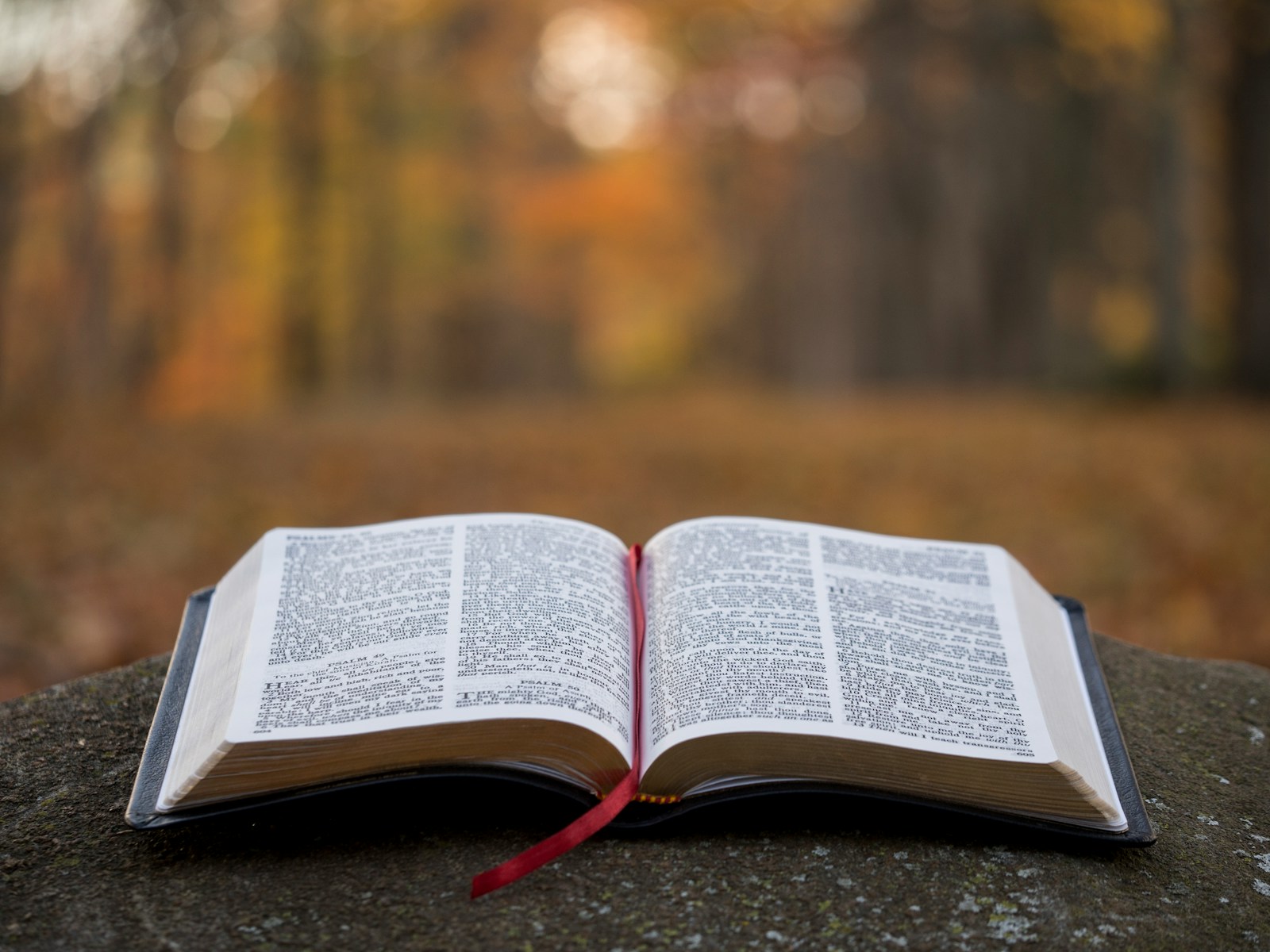
How can we most effectively engage in this week’s prayer and fasting?
Firstly, we can learn from three things that Jesus did …
Very early in the morning, while it was still dark, Jesus got up, left the house and went off to a solitary place, where he prayed (Mark 1:35).
CONSIDER:
- A CERTAIN TIME
- Jesus got up very early in the morning to spend time with his heavenly Father. Choose a certain time in which, guided by your booklet, you commit to prayer this week.
- A CERTAIN PLACE
- Jesus had a prayer place. Your prayer place needs to be in a distraction-free environment where you can pray out loud and, perhaps, have some worship music playing in the background.
- A CERTAIN PLAN
- Go into your prayer time with a plan. Use this prayer guide and engage with its content. As part of preparing your plan, read our suggestion for starting each day with the serenity prayer and our explanation of fasting so that you can include it in your week of prayer.
Understanding fasting as a follower of Jesus
Then Jesus was led by the Spirit into the wilderness to be tempted by the devil. After fasting forty days and forty nights, he was hungry. The tempter came to him and said, “If you are the Son of God, tell these stones to become bread.” Jesus answered, “It is written: ‘Man shall not live on bread alone, but on every word that comes from the mouth of God.’” Matthew 4:1-4
Jesus’ response to the devil was that he would not rely solely on human sustenance for fullness of life, but beyond the provision of the flesh, place his trust in God first, even if it meant sacrificing his own will. This is what fasting communicates, and placing our trust in God as we fast makes room for His presence in our hearts.
“Christ will make his home in your hearts as you trust in him. Your roots will grow down into God’s love and keep you strong.” Eph 3:17
Fasting is a form of giving up to go up
What sustains your flesh is rooted in spiritual provision. Fasting makes us focus on the spiritual provision of God over the sustenance received by the flesh.
Fasting removes “static” from the line of our busy lives, guiding us, and aligning our focus toward God (see Acts 13:2; Daniel 9:3-23; Joel 2:12).
In Mark 2:18–20 it tells us:
Now John’s disciples and the Pharisees were fasting. Some people came and asked Jesus, “How is it that John’s disciples and the disciples of the Pharisees are fasting, but yours are not?”
Jesus answered, “How can the guests of the bridegroom fast while he is with them? They cannot, so long as they have him with them. But the time will come when the bridegroom will be taken from them, and on that day they will fast.
Jesus was referring to the time of his crucifixion, then His resurrection that gave way to the great commission that could only be achieved through prayer and fasting.
Prayer and fasting keeps us close to the one who has commissioned us.
Pastor, author and speaker, John Mark Comer, explains:
“In fasting, you are literally praying with your body, offering all that you are to God in worship. As you yield your body to God, you are breaking the power of the flesh to control you and opening up to the power of the Spirit in its place.”
You may choose to fast food or screen time. The key is that you give up something that usually feeds your flesh and use that time to focus on God in prayer. This would be part of your plan as you find a certain place and time for prayer this week. As you make room, may God lead you into the fullness of resurrection life. (See John 10:10.)
Starting Each Day with the Serenity Prayer

Reinhold Niebuhr, an American theologian, penned the original Serenity Prayer in the early 1930s or 1940s. Its simple yet profound message quickly resonated, especially after it was published in a 1943 booklet for military chaplains.
Later, the 12-step recovery movement adopted a modified version, and over time, the prayer has been expanded by various authors. This powerful prayer guides us toward surrendering to God’s sovereignty in all aspects of life. Martin Luther King Jr., for example, embodied these principles, aligning his leadership and personal struggles with the prayer’s core message.
This week, as you engage in your daily devotional during this time of prayer and fasting, I encourage you to begin each day by slowly reciting the Serenity Prayer.
To help you truly experience its meaning, we’ve added suggested pauses. After you pray, take a minute of quiet reflection before you begin your devotional reading.
THE SERENITY PRAYER, with pauses:
“God, grant me the serenity to accept the things I cannot change, (PAUSE)
The courage to change the things I can, (PAUSE)
and the wisdom to know the difference. Living one day at a time, (PAUSE)
accepting hardship as a pathway to peace, taking, as Jesus did, this sinful world as it is, not as I would have it, (PAUSE)
trusting that you will make all things right if I surrender to your will, so that I may know peace in this life now and wholeness forever in the next, (PAUSE)
in the name of the Father, Son, and Holy Spirit.”


Leave a Reply